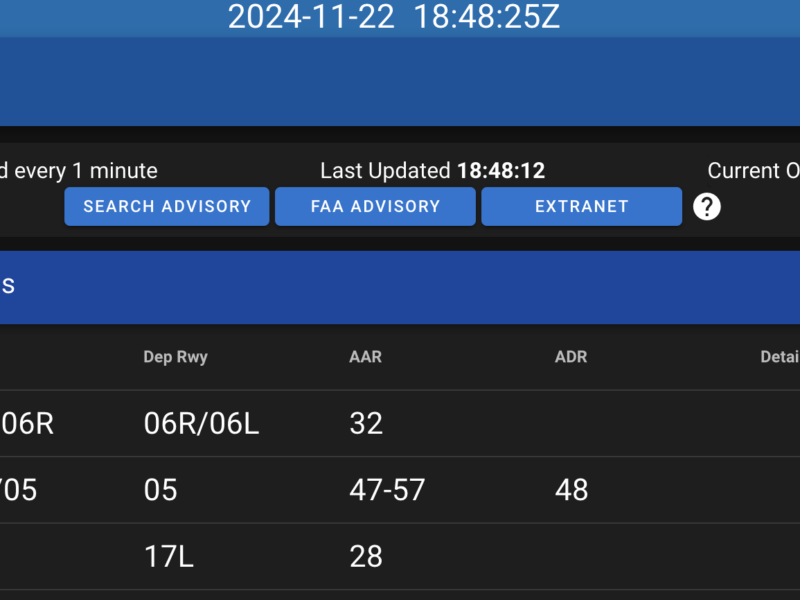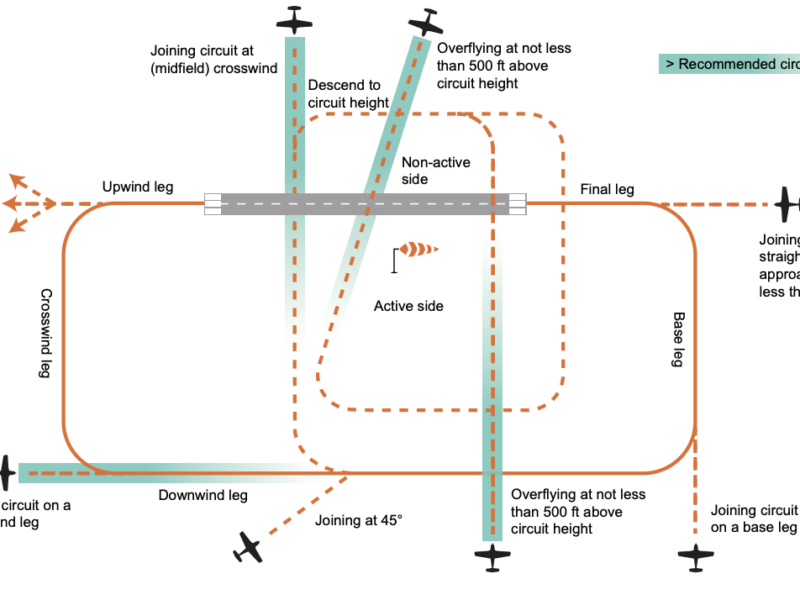One thing you need to do that wasn’t really taught (to me) was how to calculate when you’re flying at night (or Legal Night as us pilots like to call it).
This is important for a few reasons:
– If you don’t have a night rating, you need to know when you need to be wheels down and engine off.
– If you do have a night rating, then you need to know when you can log your hours as night.
– I’m sure airport operators needs this information for when to turn various lighting systems on or off.
First, lets define when nighttime for the purposes of aviation and your log book starts and ends.
GEN 1.6.2 Says:
In the morning, Twilight begins when the sun is 6° below the horizon ascending, and ends at sunrise, approximately 25 minutes later. In the evening, Twilight begins at sunset, and ends when the sun is 6° below the horizon descending, approximately 25 minutes later.
Who did what in the where now?!? In other words…
Dawn is 25 minutes before sunrise, Dusk ends 25 minutes after sunset.
So we know when Twilight starts and ends for both the morning and evening. How does that apply to finding out when it’s nighttime? We need to turn to CAR 101.01 for that:
“night” – means the time between the end of evening civil twilight and the beginning of morning civil twilight; (nuit)
So in other words, “night” for the purposes of aviation starts 25 minutes after sunset and 25 minutes before sunrise.
Great! So uhmm.. how do I find out when sunrise and sunset are? Here are a few ideas:
– Hand held (and probably aviation) GPS units have that information in a menu someplace.
– You can ask ATC (especially if its an FSS you’re talking to)
– You can use the graph found in the AIM.
– You can use the internet, specifically the NRC website.
No matter what way you use to get the information be sure you do the following:
– If you are given values for sunset and sunrise, add 25 minutes to the sunset time, and subtract 25 minutes from the sunrise time to give you legal night.
– If you are given values for civil twilight start and civil twilight end, then do not apply any correction to the time.
This is another reason to keep track of your start-up and shut-down times. As this can occur on a day/night boundary. Ie, you need to log your 2 hour flight as 1.1 in day and 0.9 in night.


I hope nobody ever asks me, I wouldn’t have a clue. I usually done even know if its dark or light out when I’m at work, let alone sunrise and sunset (IFR controller)
Actually, the values for morning and evening civil twilight change almost every day, varying from as low as around 27 or 28 mins up to over 30 mins before sunrise/after sunset.
Handy link:
http://www.hia-iha.nrc-cnrc.gc.ca/sunrise_adv_e.html
These days, 25min after sunset is something like 9:25-9:30pm
other ways of checking the sunset time: the weather network; and the US naval observatory – you’ll need your lat/long values for your place.